Natchez Thornless Blackberry Bush
$44.50 Original price was: $44.50.$31.15Current price is: $31.15.
- Free Shipping over $25
- Fast & reliable delivery options
- Enjoy top quality items for less
- Multiple safe payment methods

When it comes to berry bushes and fruit trees, some varieties can be a little tricky to grow. They need special treatment, constant replanting or warm climates. The results are worth it, but sometimes you just want a plant that is super-easy and yet gives baskets of tasty fruit. The Natchez Thornless Blackberry is the perfect choice for an easy to grow berry bush that anyone can grow successfully. It will grow in zones 4 to 9, so most Americans can grow this plant in their area. These plants are not fussy about soil and they will grow in sun or partial shade.
Blackberries have a bad reputation with some gardeners, because they have big, sharp spines that make handling them and pruning them an unpleasant experience. Plant breeders have come to the rescue and developed the Natchez Thornless Blackberry which has all the benefits of regular blackberries with none of the thorns – almost too good to be true, but it’s a fact. Now this easy fruit can be grown anywhere and even picked by children safely.
This unique berry was created through a complex breeding program at the University of Arkansas, by Professor John Reuben Clark. It was so special it was patented in 2008. Our plants are produced for us under license by skilled growers, who take stem pieces to preserve the exact genetic properties of this hybrid plant. It is nothing like the wild blackberries you may know as a weed.
Growing Natchez Thornless Blackberry Bushes
Since these plants need some kind of support, they can be grown against a fence without taking up much room at all in the garden, which is a great thing if you have a smaller garden and limited space. If you don’t have a suitable fence they can be grown on a simple wire support and make a great division between your flower garden and your vegetable garden. They can also be grown in pots and boxes on a terrace or balcony and because they have no thorns they will not be a safety problem – you will be able to pick fruit without even going down into the garden, and even if you have no garden at all.
Uses in the Kitchen
Blackberries are not as well-known as strawberries or raspberries, but they are an easily-grown delicious fruit with sweet, richly-flavored dark red berries that can be eaten fresh, used in fruit salads or baked into muffins and pies. They blend very well with apples in pies or crumbles and they also make wonderful jams, jellies and preserves. This variety has an unusually high sugar content (9.5%), making it great for eating fresh, and they are packed with vitamins, minerals and anti-oxidants.
Soil Conditions
This plant will grow happily in almost any type of soil. The Natchez Thornless Blackberry does best in a well-drained loamy soil, but it is very tough, so it will grow in anything from sand to clay. Some extra water during dry spells will help produce bigger berries, but these plants are drought-resistant too and they will still carry a good crop, even if they receive nothing extra at all.
Appearance
The Natchez Thornless Blackberry grows by sending out long, flexible stems that can reach 5 feet long in a single season. These long canes do not flower in their first year, but the following summer they will be covered with clusters of small white flowers. These quickly develop into big berries and by late summer and into fall you will be picking them by the basket full.
Planting and Initial Care
To grow the Natchez Thornless Blackberry, dig some organic material like garden compost, rotted manure, old leaves or peat moss into the planting area. Place your young plant in a wide hole replace most of the soil. Plant a little deeper than it is in the pot. Water well and put back the rest of the soil. Use an organic mulch to conserve moisture and water once a week during the first season so that long canes are produced. In rows, allow 3 feet between each plant, and 6 feet between each row. To grow in a container, use a wide, shallow box as the roots spread outwards rather than down. Place the pots against a fence or railing and keep the pots well-watered, feeding them regularly with a liquid fertilizer for flowers and fruit.
After all the fruit has been harvested, cut the old canes out close to the ground and tie in the new canes that will have grown over summer, if you didn’t already do this as they grew. That is it – blackberries are such an easy crop they belong in every garden.
Supporting Your Plants
You will need support for the canes, so it is a good idea to plant against a sunny fence or wall. You can also plant at the top of a retaining wall and pull the canes down to make a curtain of berries that will be easy to pick. If you do not have a suitable fence, drive some posts into the ground 10 feet apart and stretch a wire 2 feet above the ground and another one 4 feet above the ground, so that you can tie the canes to the wires. When tying in the canes, bend them over so the tips are lower than the rest of the cane, as this will stimulate more flowering and fruiting.
Be the first to review “Natchez Thornless Blackberry Bush” Cancel reply
Related products
Cherry Trees
Fruit Trees
Berry Bushes
Fruit Trees
Fig Trees
Fruit Trees
Berry Bushes
Citrus Trees

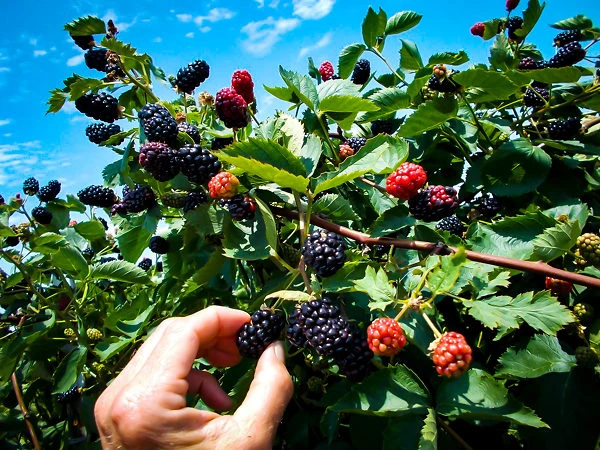
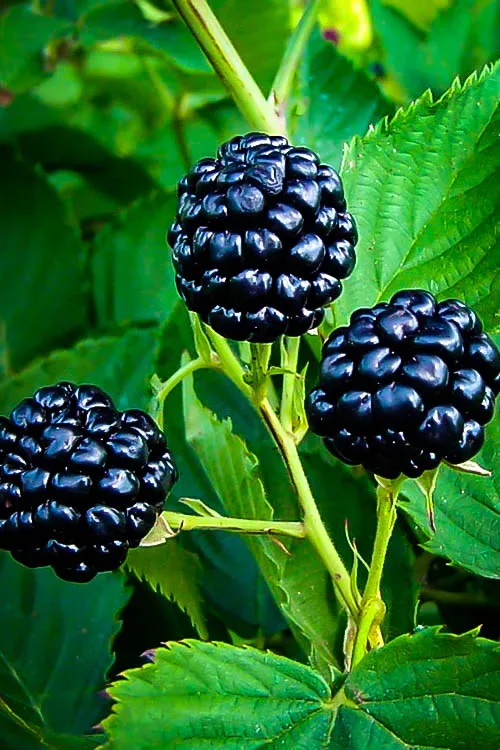
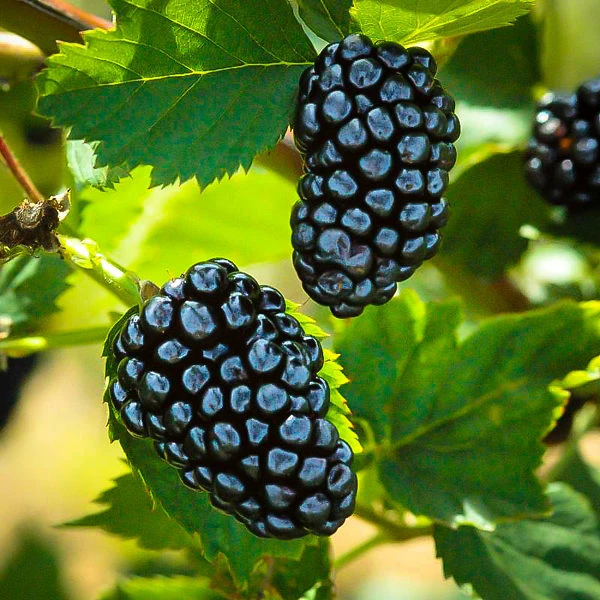
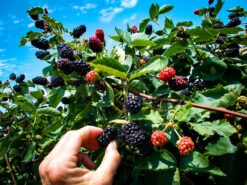
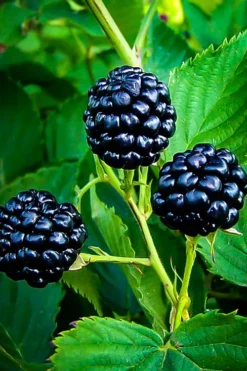
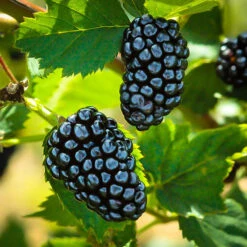
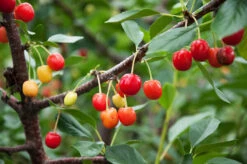

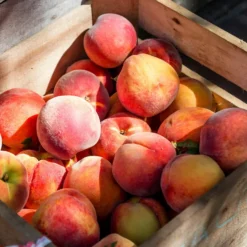


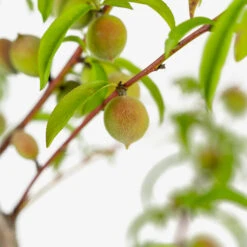







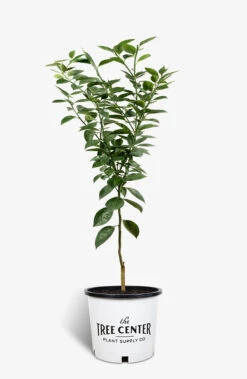
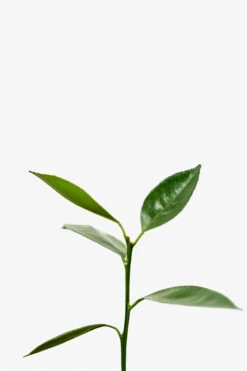
Reviews
There are no reviews yet.